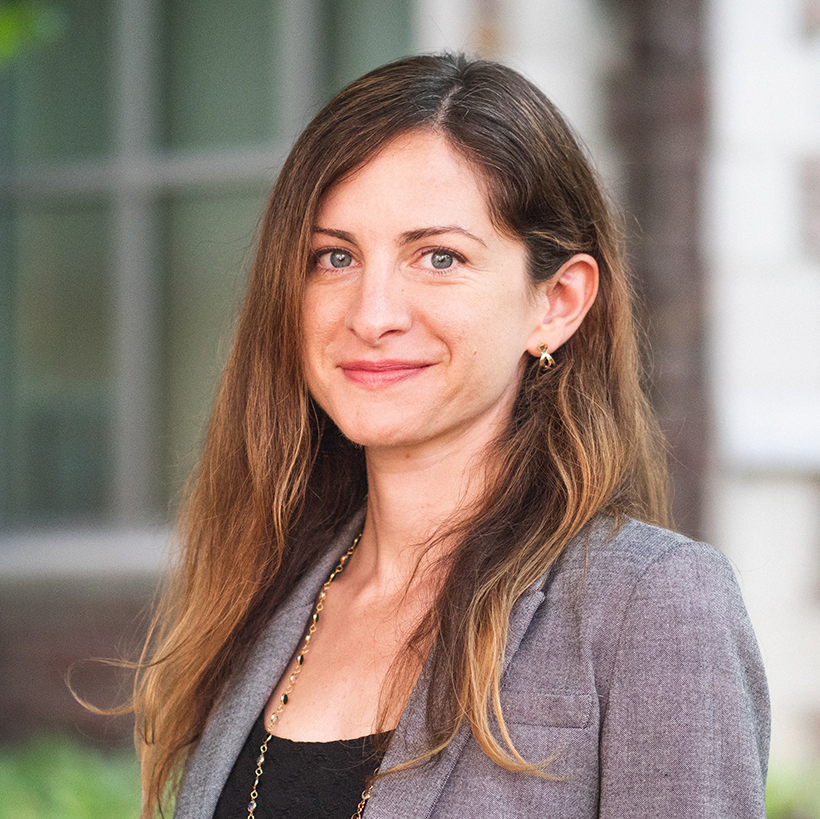Research Focus
How does Earth’s climate behave during ice ages? How do tropical monsoons react when the planet warms or cools? The peak of the last ice age, or the Last Glacial Maximum (abbreviated as the LGM), was a period of extensive Northern Hemisphere glaciation that took place about 21,000 years ago, when ice sheets covered large parts of North America and Europe. Studying the Last Glacial Maximum helps us understand how our climate responds to big changes in temperature. In this project, the student will use climate model simulations to explore how tropical monsoons behaved during the LGM. Regions of particular interest include the tropical monsoon climates of South America, India, and Asia.
The student will address these scientific questions using data from a set of global climate model simulations that track water vapor as it moves through the water cycle. These model simulations have been run for two time periods: Preindustrial (1850 CE) and Last Glacial Maximum (21,000 years ago). The student will also compare the Preindustrial simulation to other modern climate datasets. The details of this research question are flexible by design to meet the interests of the student. This project provides the opportunity for the student to learn about climate science, both in the modern and past, and explore data produced by climate models.
Skills, Techniques, Methods
The student will learn how to work with big datasets including climate model data and modern climate observations. They will learn about climate and paleoclimate principles including the global energy balance, glacial-interglacial cycles, Earth’s orbital configuration, and tropical monsoon systems. The student will then use that background to formulate scientifically tractable questions and address them with the relevant and available data.
Helpful, but not required, background: An introductory understanding of Earth’s climate system (through coursework during AY23-24 or previous years, or other experience), as well as basic knowledge of Python.
Research Conditions
This project relies fully on digital datasets and all research time will be spent working on a computer and meeting with mentors.
Team Structure and Opportunities
The student will work closely with graduate student Andrew Flaim and postdoctoral researcher Alex Thompson, as well as have regular meetings with professor Bronwen Konecky to assess research progress. The student will also attend weekly lab meetings with the full Konecky research group and present their findings to the group at the end of the summer.
